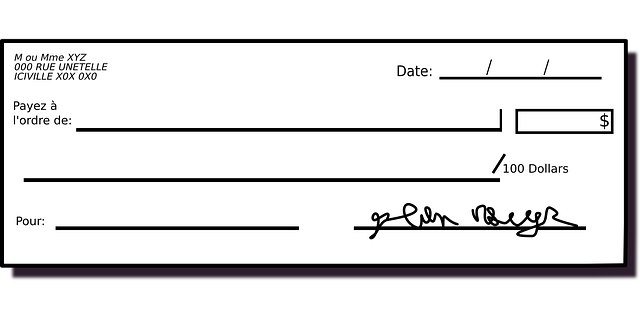Bad credit debt consolidation loans offer a solution for individuals struggling with multiple high-interest debts. These specialized loans allow borrowers to merge various loans into one, simplifying repayment and potentially lowering interest costs. While they provide flexibility, rates might be higher; thus, it's crucial to prepare strategically by evaluating debts, creating a budget, prioritizing payments, and researching lenders to find the best fit for consolidation, treating it as a step towards long-term financial health.
Struggling with multiple personal loan debts and credit card bills? Bad credit shouldn’t stop you from consolidating your debt and regaining control. This comprehensive guide explores powerful options for individuals seeking relief from overwhelming debt, focusing on bad credit debt consolidation loans. We’ll break down various loan types, outline the benefits and considerations of consolidation, and provide a clear step-by-step process to secure funding, empowering you to take charge financially.
- Understanding Bad Credit Debt Consolidation Loans
- Exploring Loan Types for Debt Consolidation
- Benefits and Considerations of Debt Consolidation
- Steps to Secure a Bad Credit Debt Consolidation Loan
Understanding Bad Credit Debt Consolidation Loans
Many individuals with personal loan debts and credit card balances may find themselves struggling to manage their finances due to lower credit scores, often associated with bad credit debt consolidation loans. These loans are designed specifically for people who have difficulty securing traditional financing options due to their credit history. Understanding this type of loan is crucial when considering debt relief strategies.
Bad credit debt consolidation loans offer a chance for borrowers to combine multiple debts into one loan with potentially lower interest rates, making repayment more manageable. Lenders who specialize in these loans recognize that individuals with bad credit often have higher-interest rate debts and may be willing to extend terms that could help borrowers get back on track financially. This approach can simplify the repayment process and reduce the overall cost of debt by consolidating high-interest credit card balances and personal loans into a single, more affordable payment.
Exploring Loan Types for Debt Consolidation
When considering debt consolidation, understanding different loan types is crucial. For individuals with bad credit, accessing traditional loans can be challenging. However, specialized lenders offer Bad Credit Debt Consolidation Loans designed to help those with low credit scores merge multiple debts into a single repayment. These loans often have flexible terms and higher interest rates compared to conventional options, but they provide an opportunity for debt management when other avenues are closed.
Debt consolidation loans can take various forms, each with its advantages. Some focus on personal loans, allowing borrowers to combine both credit card debt and personal loans into a single loan with potentially lower monthly payments. Other options may include credit card consolidation, where multiple cards’ balances are rolled into one, making repayment simpler and often reducing overall interest charges.
Benefits and Considerations of Debt Consolidation
Debt consolidation offers several advantages for managing multiple debts, especially for those with bad credit. By combining various loans and credit card balances into a single payment, individuals can simplify their financial obligations. This approach streamlines repayment schedules, making it easier to stay on top of payments and potentially reduce overall interest costs. Consolidation loans often provide a fixed interest rate, which offers borrowers predictability and stability in their cash flow planning.
However, there are considerations to keep in mind. Lenders may offer lower rates for those with excellent credit, so individuals with bad credit might face higher borrowing costs initially. Additionally, consolidation does not address the underlying spending habits that led to debt accumulation; it merely restructures payments. Borrowers should aim to use this strategy as a stepping stone towards budgeting and financial discipline to avoid future debt issues.
Steps to Secure a Bad Credit Debt Consolidation Loan
Securing a bad credit debt consolidation loan requires careful planning and understanding of your financial situation. Begin by assessing your current debts, including the amounts owed on personal loans and credit cards, along with their corresponding interest rates. Create a detailed budget to determine how much you can afford to pay monthly towards the consolidated loan, ensuring it fits within your existing financial commitments.
Next, improve your credit score before applying for a bad credit debt consolidation loan. Pay down high-interest debts first, and consider making on-time payments on all accounts to demonstrate responsible borrowing behavior. Research lenders specializing in bad credit loans; these institutions often offer tailored programs with flexible terms. Compare interest rates, loan amounts, and repayment periods from multiple lenders before choosing the best fit for your needs.
Debt consolidation can be a powerful tool for managing personal loan debts and credit cards, especially for those with bad credit. By exploring various loan types and understanding the benefits and considerations, individuals can make informed decisions to simplify their financial burden. Following the outlined steps, including improving credit scores and comparing rates, ensures the best chance at securing a bad credit debt consolidation loan. This strategy can lead to better financial health and a brighter future.
